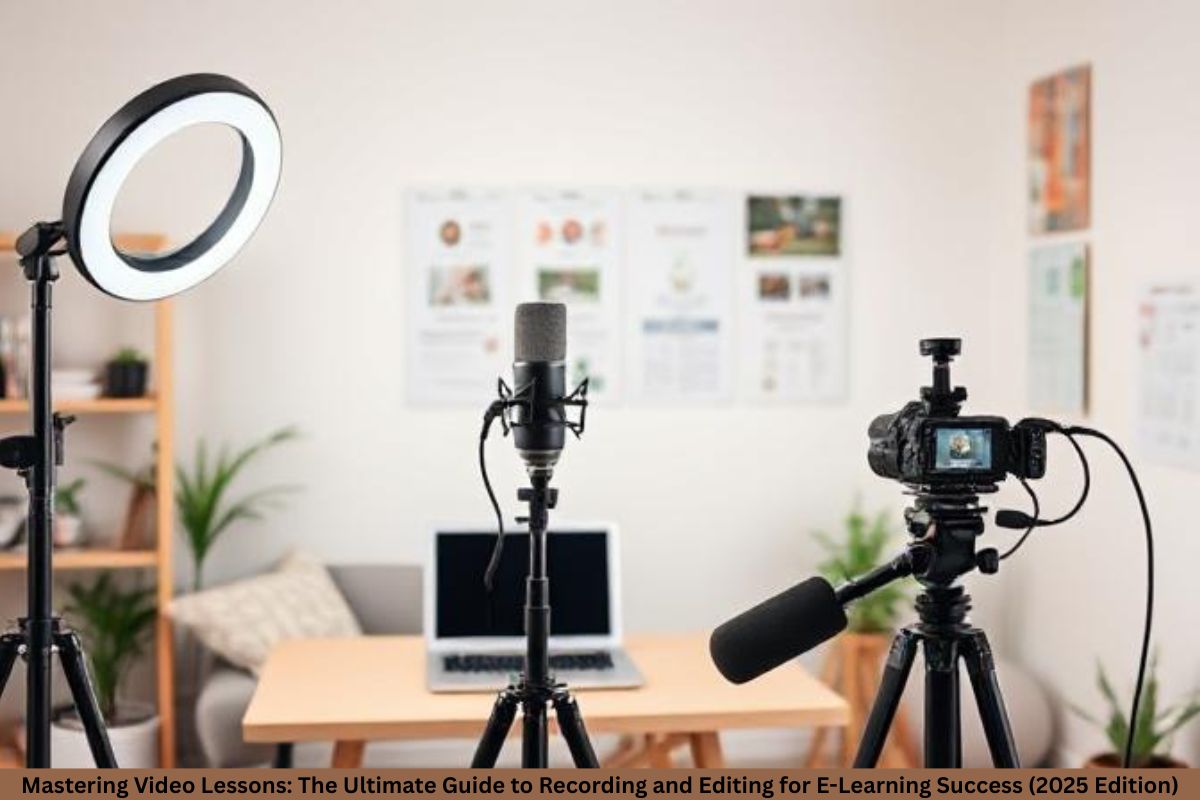Ever wish your classroom had the power of a video game? That’s the magic of gamification. It’s no longer approximately turning each lesson into a game, but about using recreational elements—like factors, badges, and quests—to make mastering thrilling and meaningful.
Gamification in teaching is gaining extreme traction, and for an excellent cause—it really works. Whether you’re teaching 3rd graders or college students, gamifying your lessons can help students master the material and spark genuine motivation.
The Psychology Behind Gamification
How the Brain Responds to Rewards
Gamification faucets into the mind’s inherent love for rewards. When students earn points or liberate degrees, their brains release dopamine—a feel-good chemical that enhances motivation and cognition. That’s the equal rush we get whilst we win a game.
Motivation and Engagement Through Game Mechanics
By introducing elements like development tracking, clean desires, and instantaneous remarks, gamification keeps rookies engaged. It creates a feel of reason and development, much like leveling up in a video game.
Benefits of Gamification in Teaching
Increased Student Engagement
Students are much more likely to participate when learning feels like a laugh. Gamified activities can flip even dull subjects into something college students look forward to.
Better Retention of Information
Games require repeated interplay with content. The more students interact with records, the higher they recall them.
Encourages Healthy Competition
Leaderboards and team demanding situations encourage college students to provide their nice—no longer just for grades, but for the thrill of winning or enhancing.
Develops Critical Thinking and Collaboration
Problem-solving games and crew-primarily based sports foster better-order thinking and teamwork.
Core Elements of Gamification
Points and Scoring Systems
Points are the simplest shape of feedback. They can be provided for correct solutions, participation, attempt, or development.
Badges and Achievements
Badges provide students with a sense of pride. Think of them as virtual gold stars—they’re motivational and collectible.
Leaderboards
Leaderboards add an aggressive detail. Used accurately, they can push college students to strive without discouraging the ones decrease at the list.
Levels and Progression
Progression systems provide students something to paintings closer towards. As they complete responsibilities, they “level up,” unlocking new privileges or content.
Challenges and Quests
Quests are mini-missions that make gaining knowledge adventurous. They can be story-based, totally, encouraging college students to apply knowledge to solve problems.
Planning Your Gamified Classroom
Define Your Learning Objectives
Before adding game mechanics, recognize what you need students to examine. Every recreation element must guide a studying intention.
Know Your Students
What motivates your students? Some may love competition, others prefer collaboration or exploration.
Choose the Right Tools and Platforms
Pick equipment that aligns with your dreams, situation, and student age institution.
Digital Tools for Gamification
Kahoot!
Great for actual-time quizzes and instant opposition.
Classcraft
Turns the lecture room conduct and lecturers right into a function-playing sport.
Quizizz
Self-paced quizzes with laugh avatars and music.
Duolingo for Schools
Gamifies language getting to know with streaks and development charts.
Minecraft Education Edition
Allows for creative and immersive trouble-solving in almost any subject.
Non-Digital Gamification Strategies
Classroom Currency
Let students earn “money” to spend on study room privileges.
Gamified Quizzes and Assignments
Turn assessments into board games or interactive demanding situations.
Story-Based Learning
Wrap your unit in a fictional storyline. Make students the heroes.
Team Competitions
Use minutiae battles, escape rooms, or timed demanding situations to promote teamwork.
Implementing Gamification Step-via-Step
Step 1: Set Clear Goals
What do you need students to acquire academically and behaviorally?
Step 2: Choose Game Mechanics Wisely
Start small—perhaps with factors and badges. Build from there.
Step 3: Integrate into Curriculum
Make sure the game elements don’t distract from the content. They should enhance, no longer replace, your teaching.
Step 4: Monitor and Adapt
Collect remarks and take a look at pupil reactions. Be geared up to tweak your gadget.
Examples of Gamification in Real Classrooms
Case Study 1: Gamifying Science Lessons
A seventh-grade teacher used quests to educate biology. Students earned DNA tokens by finishing labs and quizzes.
Case Study 2: History Through Quests
An excessive faculty history class took on roles as historic figures and debated guidelines to earn have an impact on points.
Case Study 3: Language Learning With Points
An ESL teacher used a leaderboard to praise vocabulary usage. Students competed to apply the most new words in verbal exchange every week.
Common Challenges and How to Overcome Them
Avoiding Over-Competition
Focus on individual development and crew play rather than simply excessive rankings.
Keeping Inclusivity in Mind
Make sure every scholar can be successful and earn a reputation, no longer simply the pinnacle performers.
Managing Screen Time
Mix digital with offline techniques to maintain stability.
Balancing Fun and Learning
Game mechanics usually need to assist in mastering now, not distract from it.
Tips for Sustaining Engagement
Rotate Game Elements
Keep it sparkling. Try seasonal subject matters or new demanding situations each month.
Offer Surprise Rewards
Unexpected bonuses—like a thriller prize or double points day—can re-ignite pleasure.
Involve Students in Creating the Game
Let them advise quests, lay out badges, or create their personal mini-video games.
Measuring the Effectiveness of Gamification
Track development through:
- Surveys and comments forms
- Quiz/test performance
- Class participation logs
- Behavioral upgrades
Gamification for Different Age Groups
Elementary School Ideas
Use sticky label charts, study room economies, and easy storytelling.
Middle School Strategies
Introduce extra autonomy, crew-based quests, and reflection journals.
High School and Beyond
Focus on ability mastery, real-international simulations, and peer assessment.
The Future of Gamified Education
We’re just scratching the surface. The future consists of:
- AI-based totally gaining knowledge of paths that adapt to scholar pace
- Virtual and augmented reality for immersive classes
- Real-time remarks systems powered by means of analytics
Conclusion
Gamification isn’t only a modern-day buzzword—it’s a transformative teaching device. It takes your curriculum and wraps it in a layer of excitement, motivation, and joy. When applied thoughtfully, gamification can spark curiosity, enhance overall performance, and flip your study room right into a dynamic gaining knowledge of adventure. So why no longer roll the dice and give it a shot?
FAQs
What are the pleasant gears for gamifying a school room?
Some excellent tools include Kahoot!, Classcraft, Quizizz, Duolingo for Schools, and Minecraft Education Edition.
Can gamification work in person training?
Absolutely! Adult rookies benefit from motivation, feedback, and engagement much like more youthful students.
How do I recognize if gamification is running?
Look for elevated participation, advanced scores, and fantastic pupil comments.
What are the risks of using gamification?
Over-opposition, distraction, or exclusion can arise if now not properly-controlled. Always keep studying as the priority.
How do I hold students from getting too competitive?
Focus on non-public growth and group desires. Offer reputation for effort and improvement, no longer just winning.




